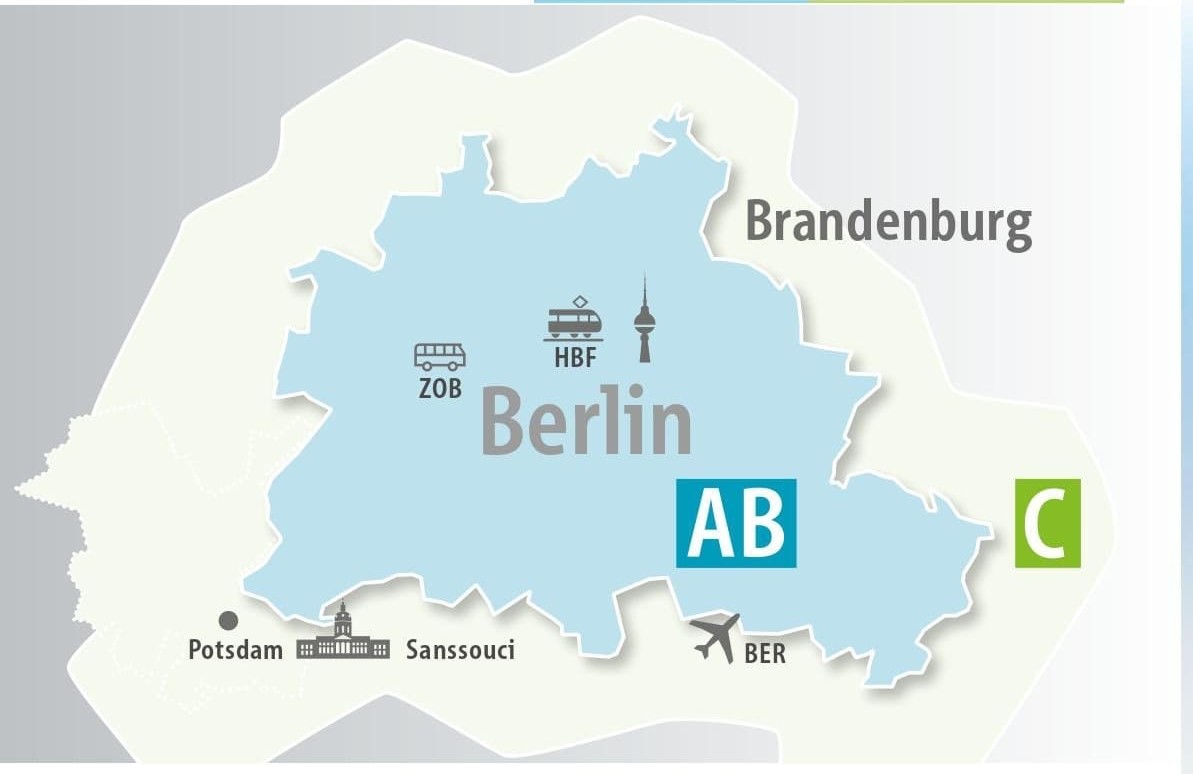
- Berlin TV Tower
- Friedrichstadt Palast
- Tropical Islands
- Illuseum Berlin
- Sachsenhausen Concentration Camp
- DDR Museum
- Panoramapunkt Berlin
- Big Bus Berlin Hop-on Hop-off Tours
- City Sightseeing Berlin Hop-on Hop-off Tours
- Reichstag Tours
- Berlin Wall Museum
- Berlin Welt Balloon
- Berlin Icebar
- Madame Tussauds
- Samurai Museum Berlin
- LEGOLAND Discovery Centre Berlin
- Fotografiska Tickets
Everything To Know About Berlin Public Transportation Zones & How To Get Around
What are the Berlin Public Transport Zones?
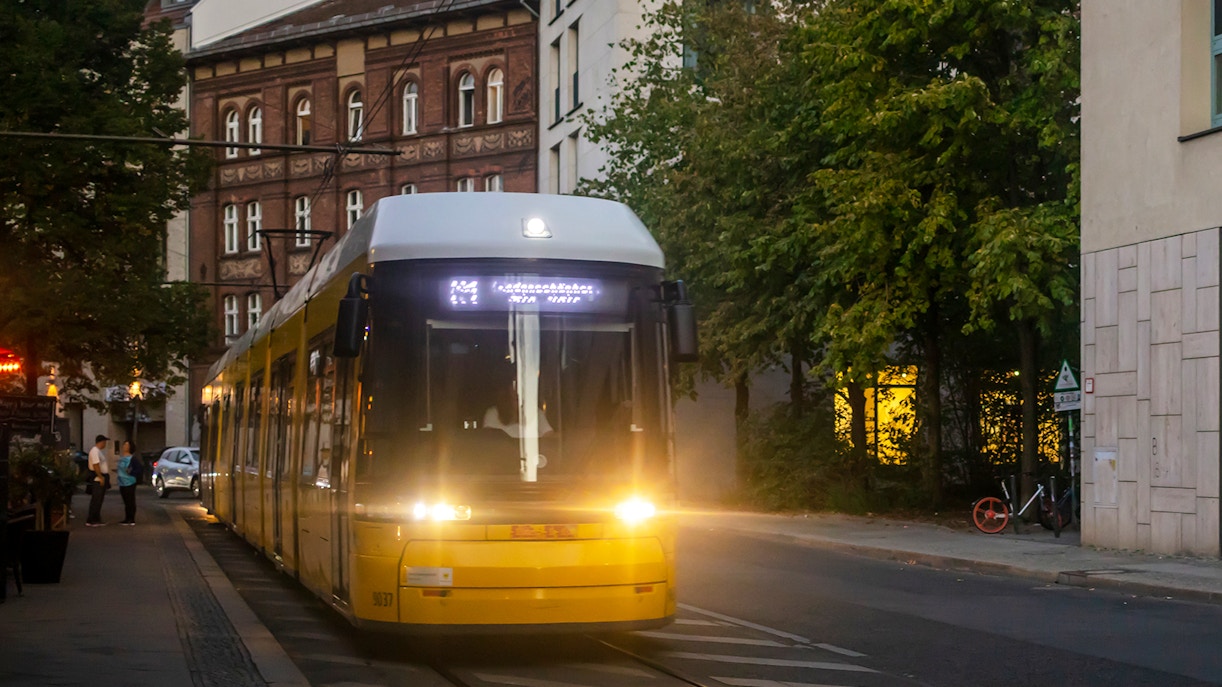
In Berlin, the fare zones refer to the divisions used by the public transportation system to determine fares based on the distance traveled within the city. The city's public transportation network, operated by Berliner Verkehrsbetriebe (BVG), consists of buses, trams, underground (U-Bahn), and urban trains (S-Bahn).
Berlin is divided into three fare tariff zones: A, the central Berlin zone, B, the outer Berlin zone, and C, the Berlin outskirts zone. Each zone represents an area within the city and extends beyond the city limits.
How does this work?
When traveling within Berlin's public transportation system, you will need a ticket that corresponds to the zones you'll be traveling through. The fare you pay depends on the number of zones crossed during your journey. The more zones you travel through, the higher the fare.
Berlin Transport Zones Explained
Zone A
Berlin's central zone includes major landmarks like Alexanderplatz and Brandenburg Gate. It covers the city center and is ideal for exploring popular tourist attractions and key commercial areas.
Zone B
The outer parts of Berlin fall within Zone B. Neighborhoods like Prenzlauer Berg, Kreuzberg, and Charlottenburg are covered, offering a mix of residential, cultural, and entertainment areas.
Zone C
Zone C extends beyond Berlin's city limits and includes places like Potsdam and Schönefeld Airport. It encompasses the outskirts of Berlin and extends into neighboring towns and areas outside the city.
Depending on the transit zones, the three Berlin fare zones are AB, BC, and ABC. The urban core of Berlin and the region up to the city borders are both included in the fare zone AB. In addition, the area around Berlin, BER Airport, and Potsdam Central Station are included in the ABC fare zone.
Berlin Public Transport Operating Times

On weekdays, Berlin's U-Bahn operates from 4:30 a.m. to 12:30 a.m. There is limited service available around-the-clock on weekends and holidays. Within the city centre, it operates every five to ten minutes. After 8 pm, the U-Bahn runs every 10 to 15 minutes, with night buses taking over.
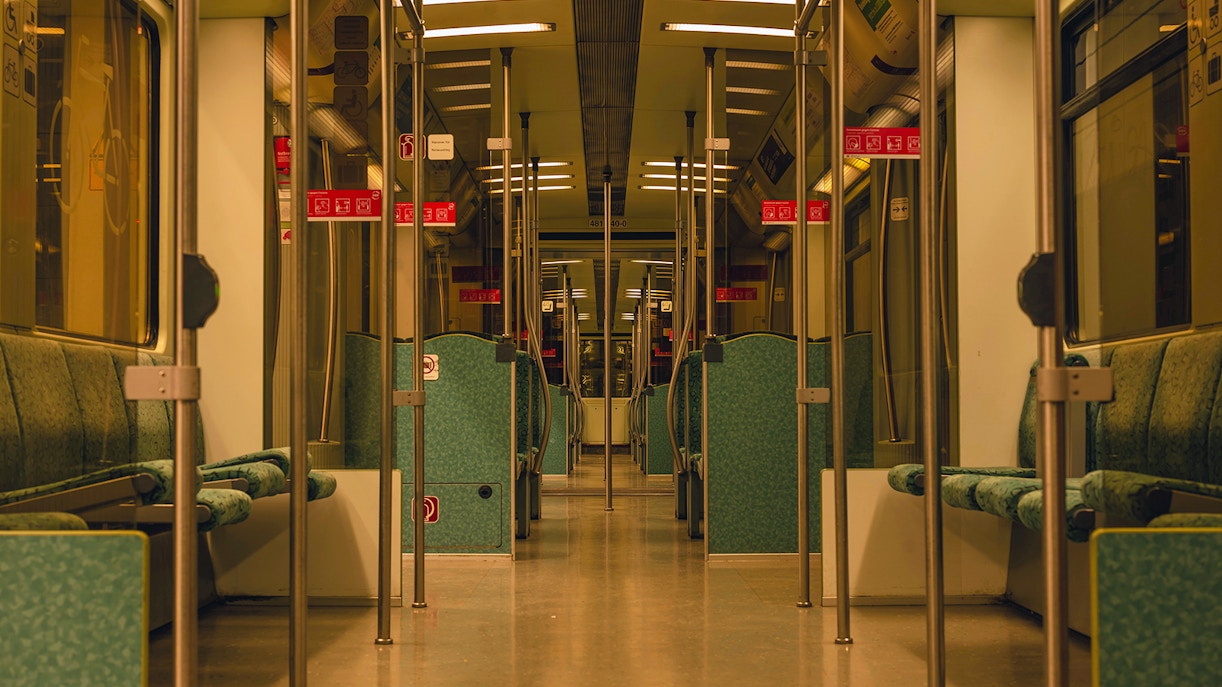
The S-Bahn operates from 4:30 a.m. to 1:30 a.m. on weekdays. It operates around-the-clock on weekends and holidays. Train frequency is at least every ten minutes, however it decreases to ten and twenty minutes outside of peak times and to every thirty minutes at night.
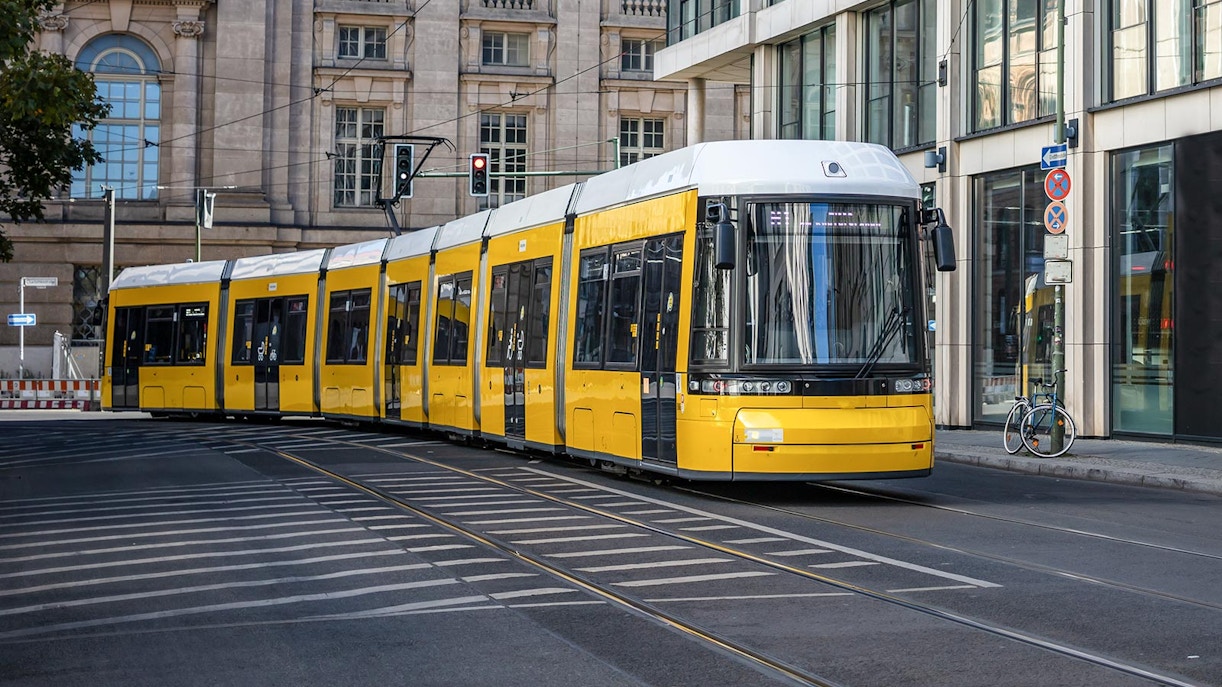
Tram lines snake through the city and operate round-the-clock to provide higher frequency service (every 10 minutes or such). Trams run every half-hour at night.
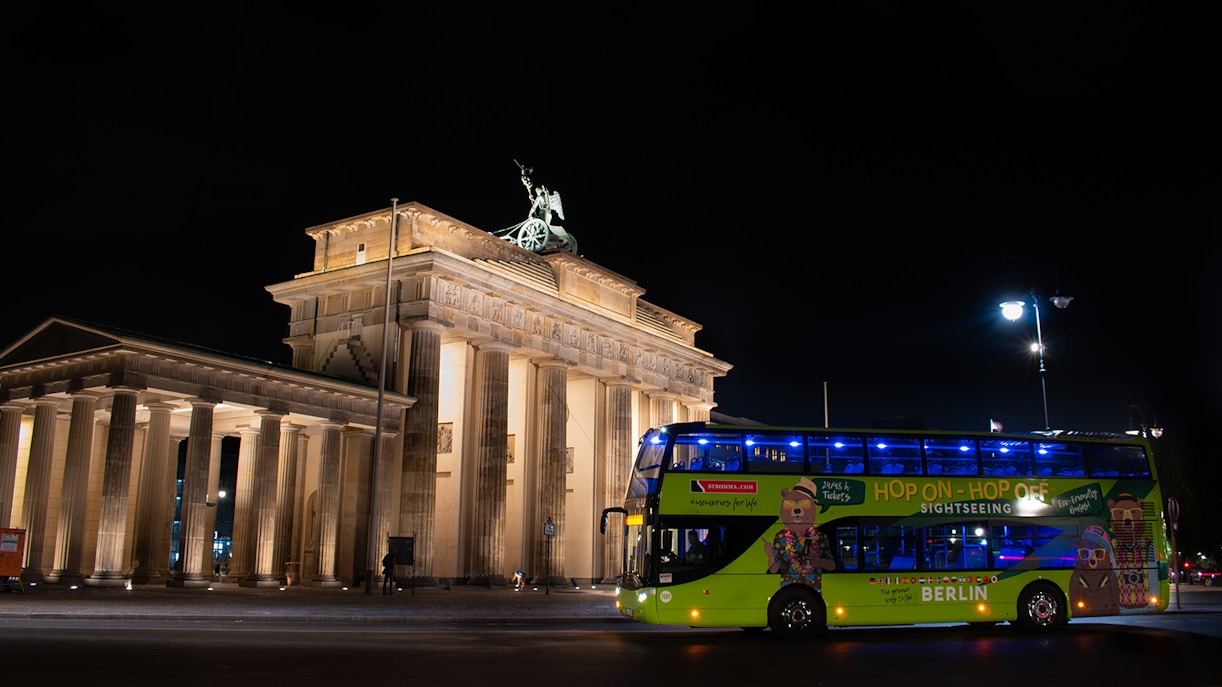
When other forms of transportation stop operating, Night Buses take over. They leave every 30 minutes and are identified by the letter N.
Book Your Berlin WelcomeCard Tickets
Frequently Asked Questions About Berlin Public Transportation
Buses, trams, light-rail trains (S-Bahn), subways (U-Bahn), Metros, Ferries, Taxis and other forms of public transportation are all part of Berlin's broad, robust and well-developed public transportation system. Public transit ensures quick, pleasant, and safe travels to the city centre or outlying areas.
Berlin's large BVG public transit system, which includes both regional, elevated S-Bahn trains and underground U-Bahn trains, is the finest method to get around the city.
Berlin has three fare zones: AB, BC, and ABC. The urban core of Berlin and the region up to the city borders are both included in the fare zone AB. In addition, the area around Berlin, BER Airport, and Potsdam Central Station are included in the ABC fare zone.
If you're a visitor, the Berlin WelcomeCard might be your best option. It is a special pass, offered for zones A and B or A, B, and C, as well as for travel times of 48, 72, or 5 days.
Many different retail locations offer the Berlin WelcomeCard. One can purchase them online or at a Berlin tourist information centre in Berlin. Additionally, it is offered by numerous Berlin hotels, shops, and machines that sell tickets for the city's transportation system.
While bus tickets are the cheapest and Taxi rides expensive, S-Bahn and U-Bahn tickets are affordable.
The rail and other road transports are connected to BER Airport. From station T1-2 to Berlin Central Station, regional and Airport Express trains run four times each hour in tandem. The FEX train travels straight to BER Airport from the city core of Berlin via the S-Bahn circular line's northern and easternmost stations. From Berlin HBF to Brandenburg airport, passengers can alternatively take lines RE7, RB14, and RB22. The trip takes slightly longer than 30 minutes.
Numerous public bus routes are run by the BVG and serve both the city centre and the suburbs of Berlin. Routes not serviced by other forms of public transit are frequently covered by the buses and night buses. The double-decker buses, which have top decks with fantastic views of the city, are a unique aspect of Berlin's public transportation.
Although short trips of up to 2 kilometres are included in a set cost of € 5, Berlin's taxis are relatively pricey. As soon as you get in the cab, mention "Kurzstrecke" to the taxi driver in German to take advantage of this special rate. Second, all Uber drivers are ranked based on their ratings, which means they go above and beyond to ensure you arrive without taking any unnecessary detours. Uber rides are also typically less expensive than traditional taxi services.
Berlin's metro system, U-Bahn is one of the most popular means of public transport for tourists in the city. The German word "underground railway" (U-Bahn) refers to the underground transportation system, which was created in 1902.
Yes, public transportation is safe in Berlin. Use the enormous network of city and metro trains, buses, and trams to travel to Berlin's attractions comfortably, safely, and affordably.
German bus and underground fares are reasonable. Typically, a single bus, tram, or metro ride costs between €1 and €2. Costs for monthly travel cards typically range from €80 to €90.
There is no standard dress code and one can wear anything that is smart, causal or fancy. However, when travelling long distances it is advisable to wear comfortable shoes and casual clothes.
BVG Fahrinfo, BVG Jelbi, Taxi.EU., BVG Tickets,DB Navigator, VBB-App Bus&Bahn, Taxi Berlin and Berlin Subway are some of the apps that one must download for easy accessibility of public transportation in Berlin.
Fees for buses and trams are paid through ticket machines inside the trains, respectively. Both the S-Bahn and the BVG have ticket counters in major stations. The free BVG app can also be used to purchase tickets.
